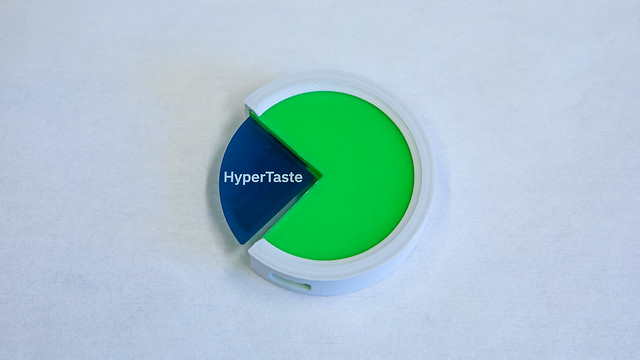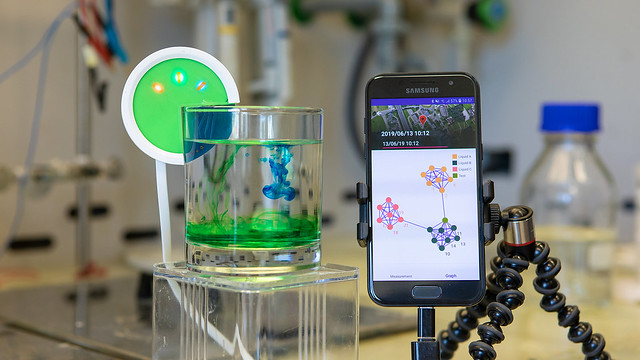IBM Hypertaste: An AI Tongue That Can Identify Complex Liquids
Voice recognition helps replicate our sense of sound. Image recognition attempts to mimic our eyes. But what about taste? Analyzing sound waves or image pixels is one thing, but discerning the complex molecular structure of various liquids is a completely different challenge. Scientists at IBM are working on a solution by drawing inspiration from the way humans taste things.
Meet Hypertaste. It’s an electronic, AI-assisted tongue being developed by IBM Research. It will “taste” and quickly analyze all types of liquids. The portable Hypertaste eliminates the need for large and expensive lab equipment to properly recognize complex substances.
The device uses an array of electrochemical sensors made up of electrode pairs. When immersed in a liquid, the sensors will respond with a voltage signal. The combined voltage signals of all the electrodes represent that liquid’s digital fingerprint.

AI Tongue Relays Data to App
Hypertaste relays the information to a smartphone app, which sends the data to a cloud server. An algorithm then compares the digital fingerprint to a database of liquids. The AI figures out which are most chemically similar and reports the results back to the mobile app. The whole process takes less than a minute.
“One big advantage of having the machine learning models running on the cloud is that the sensors can be rapidly reconfigured from anywhere without alterations to the hardware. All that is needed to “rewire” the sensors is change the parameters of the machine learning models to make them adjust to a new task,” said IBM in a blog posting.
Hypertaste is still just a proof of concept. No word on when or if it will be available for real-world use. Scientists plan to train the Hypertaste sensor array by immersing and measuring the response in liquids multiple times. They will then feed the resulting data into a machine learning model which extracts the characteristic features associated with each liquid.
Use in Medical, Commercial and Environmental Industries
The portable technology could have uses in a variety of industries. It could help government agencies check the water quality of a river that is in a remote location. Or help identify bootleg food or drink. It could also be quite valuable in the pharmaceutical and healthcare industries. For example, it could help create a snapshot of a person’s health by analyzing bodily fluids or quickly measure reactions to different medications in clinical trials. The possibilities are endless.
“The spectrum of possible applications is vast and spurs the imagination. We are confident that, through forthcoming refinements, the use of AI-assisted, portable chemical sensors will meet the needs of many industries when it comes to the fast and mobile fingerprinting of complex liquids,” said the blog posting.
Check out our articles on AI studying birds in Hong Kong and hospital robot Moxi helping nurses.

